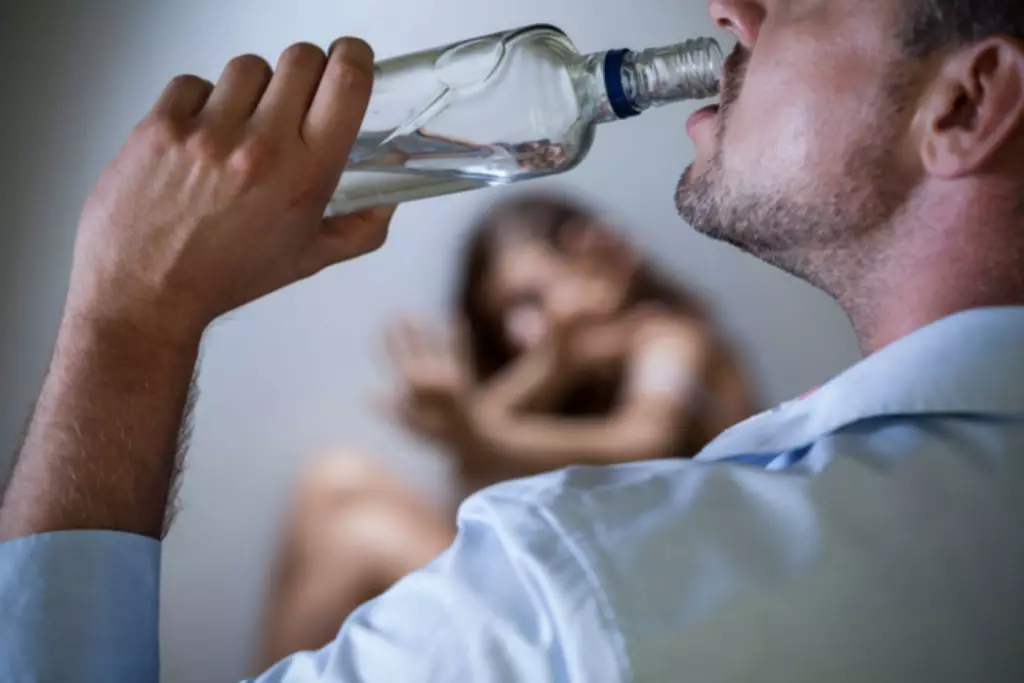Content
We offer a full continuum of care and are an in-network provider for a range of insurance companies, including Aetna, Cigna and America’s Choice. Contact us today to learn more about the insurance we accept and find an alcohol addiction treatment program that can work well for your situation. When you drink heavily, your brain changes the amount of GABA it makes.
What happens if you never have alcohol?
You'll get sick less often if you don't drink because excessive alcohol affects your immune system. Your immune system is what fights off infections and diseases. Therefore, abstaining from alcohol makes it easier for your body to naturally fight off infection and diseases.
Patients with alcohol hallucinosis see, hear, or feel things that are not there even though they are fully conscious and aware of their surroundings. Moreover, hallucinosis is not necessarily preceded by various physiological changes (i.e., autonomic signs). You may drink because you think using alcohol will help you avoid bad dreams or how scary they are.
Alcohol withdrawal
It is important to calmly but firmly explain the problems with the employee’s performance, the specific acts of misconduct or troubling behavior, and the consequences of any misconduct or poor performance. Unless the employee reveals the existence of an alcohol problem or there is immediate evidence of on-duty impairment, https://ecosoberhouse.com/article/boredom-drinking-and-how-to-stop-it/ you must be careful not to offer any opinion that the employee may have a problem with alcohol. You should refer the employee to the EAP and explain that failure to correct any deficiencies may result in disciplinary or other action. It would be preferable to have already made an appointment for the employee with the EAP.
For example, treatment providers will be able to help alleviate some of the most painful of withdrawal symptoms, as well as provide 24/7 support through the entire recovery process. After the initial alcohol withdrawal symptoms have subsided, some people may experience prolonged side effects. This phase is less common and is known as post-acute withdrawal syndrome (PAWS).
Area 2. Health services’ response
(f) providing consumer information about, and labeling alcoholic beverages to indicate, the harm related to alcohol. (i) running carefully planned, high-intensity, well-executed mass media campaigns targeted at specific situations, such as holiday seasons, or audiences such as young people. Harmful use of alcohol is accountable for 7.1% and 2.2% of the global burden of disease for males and females respectively. Alcohol is the leading risk factor for premature mortality and disability among those aged 15 to 49 years, accounting for 10%
of all deaths in this age group. Disadvantaged and especially vulnerable populations have higher rates of alcohol-related death and hospitalization.
- Ethylene glycol (antifreeze) ingestion can lead to an altered sensorium, seizures, and severe renal dysfunction with acidemia that may require the initiation of hemodialysis.
- About five percent of the patients who experience DT’s die from metabolic or cardiovascular complications, trauma, or infections (Victor and Adams 1953; Cutshall 1964).
- This target area includes policy options and interventions that focus directly on reducing the harm from alcohol intoxication and drinking without necessarily affecting the underlying alcohol consumption.
- The imbalance in GABA that occurs when you suddenly stop drinking is what causes withdrawal symptoms.
Accidents and on-the-job injuries are far more prevalent among alcoholics and alcohol abusers. Sustainable action requires strong leadership and a solid base of awareness and political will and commitment. The commitments what happens when you stop drinking alcohol should ideally be expressed through adequately funded comprehensive and intersectoral national policies that clarify the contributions,
and division of responsibility, of the different partners involved.
Enhancing Healthcare Team Outcomes
To better understand the mechanisms underlying withdrawal, one must briefly review some of the principles of neuronal communication in the CNS. The transmission of nerve signals from one neuron to the next is achieved, in general, through small molecules called neurotransmitters, which are secreted by the signal-emitting neuron. The neurotransmitter molecules traverse the small gap (i.e., the synapse) between adjacent neurons and interact with docking molecules (i.e., receptors) on the signal-receiving neuron. Thus, excitatory neurotransmitters (e.g., glutamate) stimulate the signal-receiving neuron, whereas inhibitory neurotransmitters (e.g., gamma-aminobutyric acid [GABA]) inhibit the neuron. Under normal conditions, a tight balance is maintained between excitatory and inhibitory influences. If you answered yes to any one of these questions, you should take a serious look at what drinking is doing to you and the people around you.
What happens when you stop drinking alcohol for a year?
Health Stats Improve
Triglyceride levels can also decrease, improving heart health. Other health improvements that can happen include: Reversal of alcohol-related vitamin deficiencies. Fatty liver disease improvement or recovery.

